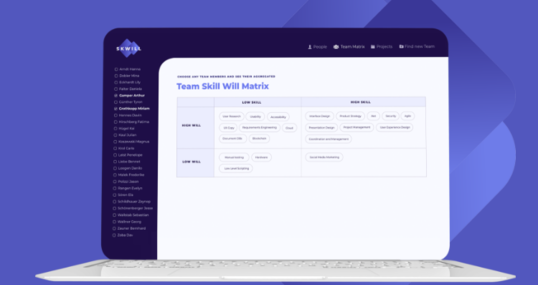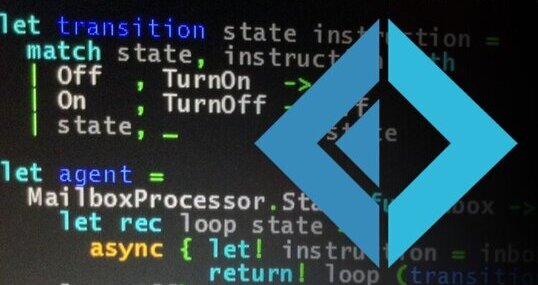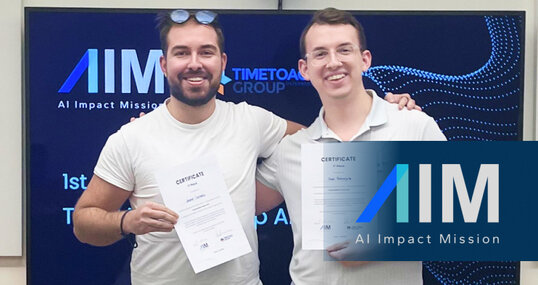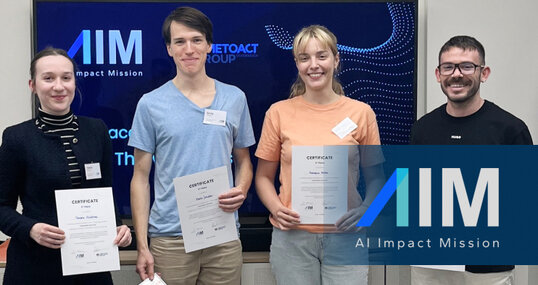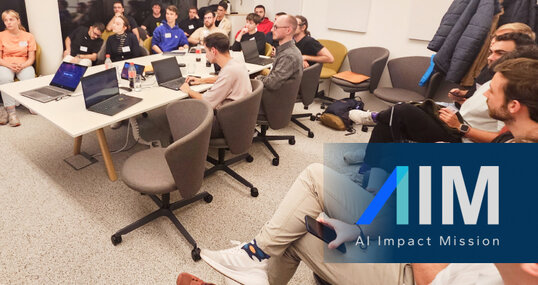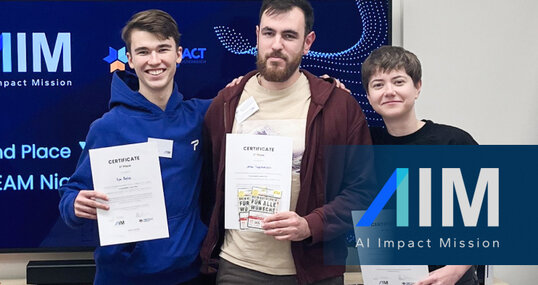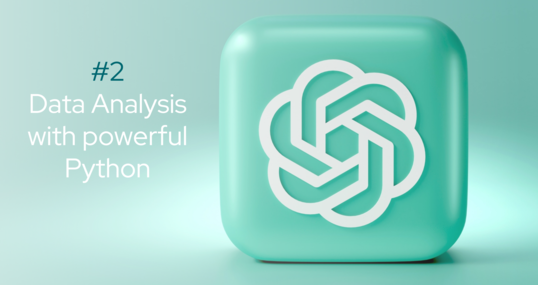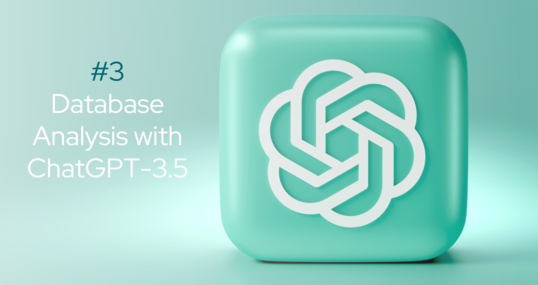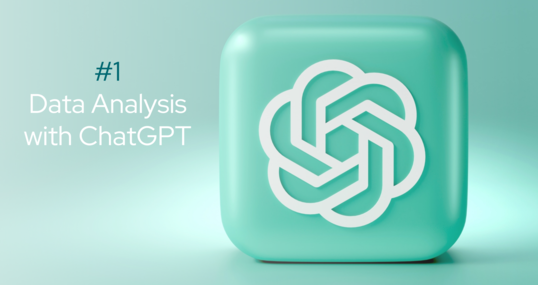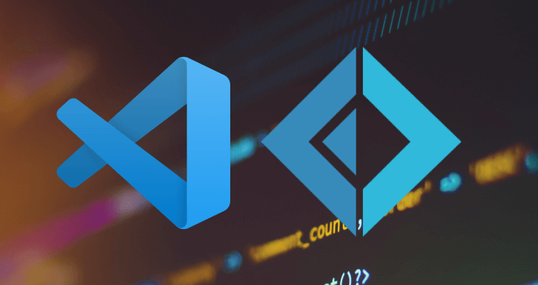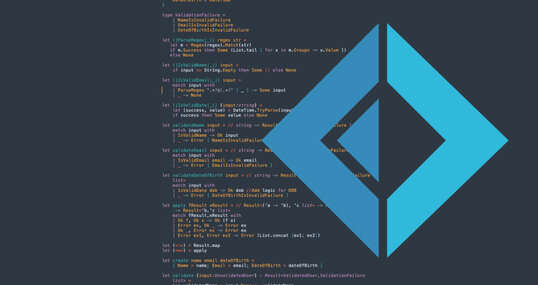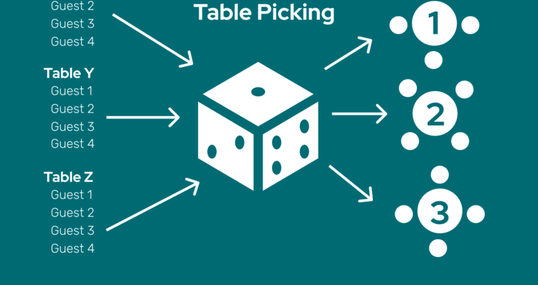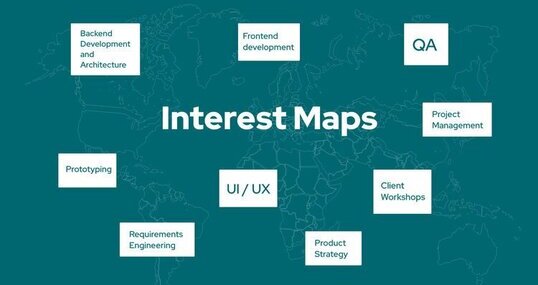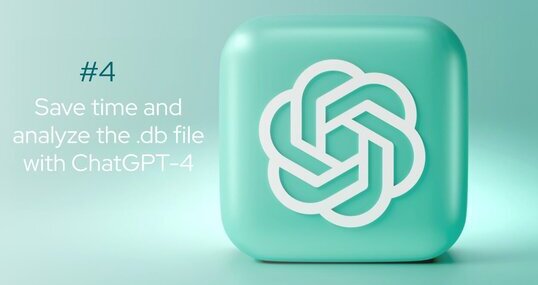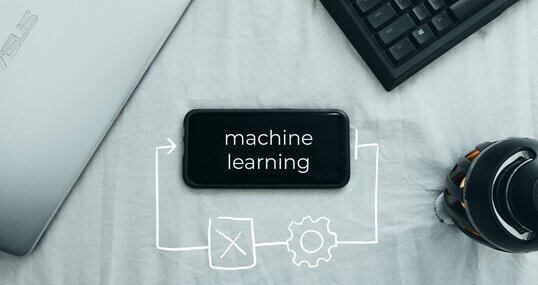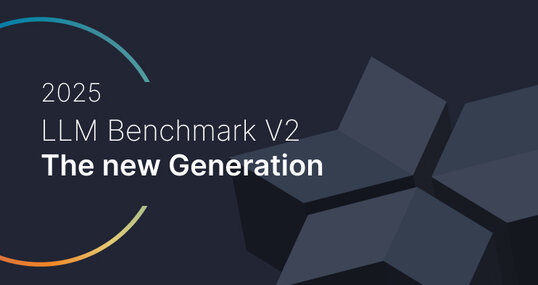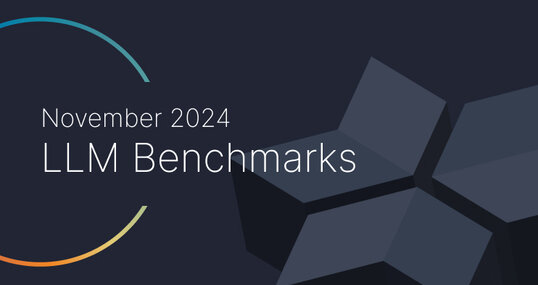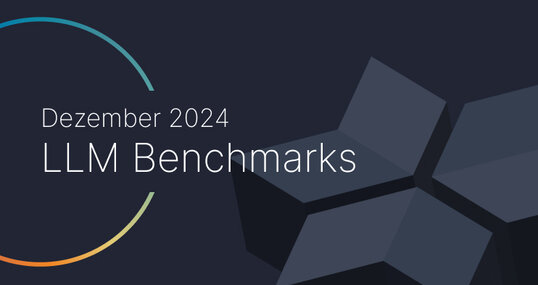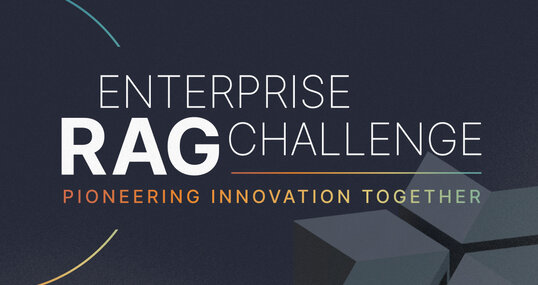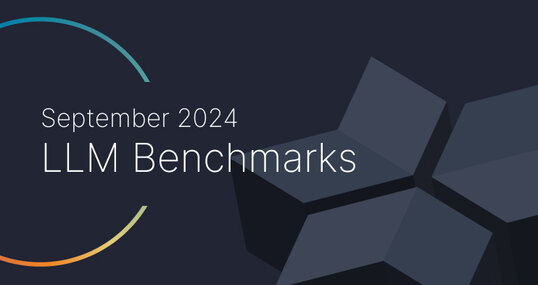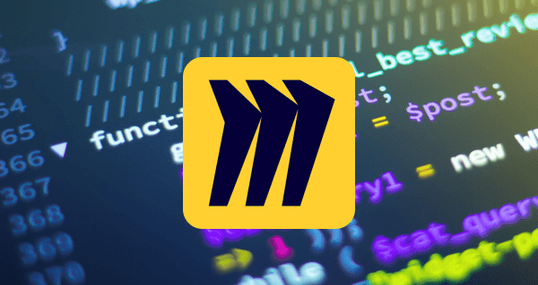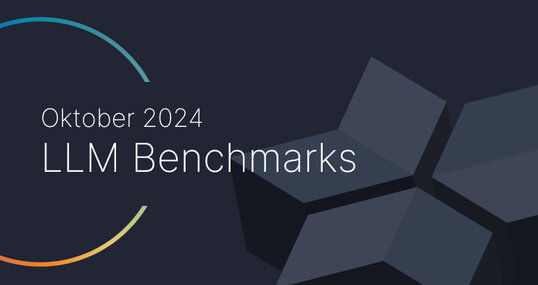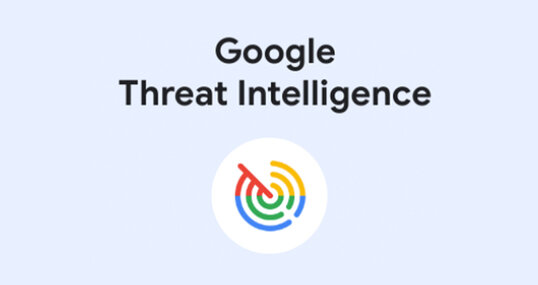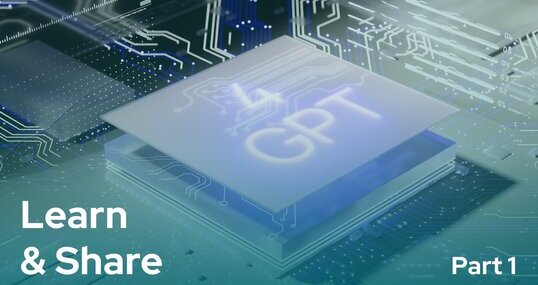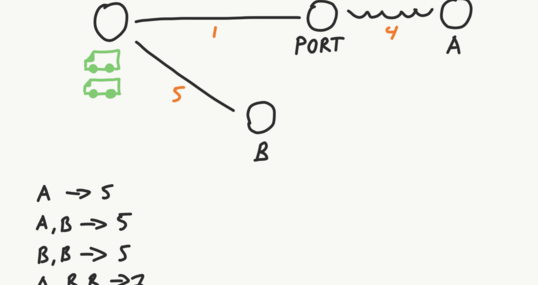Knowledge is very powerful. So, finding the right tool to help you gather, structure and access information anywhere and anytime, is rather a necessity than an option.
You want to accomplish your tasks better? You want a reliable tool which is easy to use, extendable and adaptable to your personal needs? Today I would like to introduce you to the knowledge management system of my choice: Obsidian. Its areas of application are extensive, and the tool gives you endless opportunities of customization.
What is Obsidian and what makes it a great alternative to OneNote and the like?
Obsidian is an open-source application, which gives its targeted developer audience, the opportunity to build a personal knowledge base beyond existing alternatives. It is multi-platform, so you can download it either for Mac or for Windows and even for Android. Although I personally recommend using it on a bigger screen. It is a wiki-style note-taking app with a navigation consisting of (wiki) links. What stands out the most though is its possibility to visualize all your links as a graph, the efficient code-autocomplete function and Git integration. It is the only knowledge base software I have come across so far, that integrates seamlessly into my workflow as a Software Developer.
And let’s face it: There are some great knowledge management tools out there. I have tried several alternatives myself: Notion, Evernote, OneNote, Microsoft To Do and Google Keep, just to name a few. All of them have their advantages and disadvantages, but in the end, none of them satisfied my needs completely. After sharing my experiences with my colleagues, one of them recommended Obsidian to me. Motivated to try yet another knowledge base system, it got me hooked for good.
What makes Obsidian stand out as a knowledge base system and why do I think it is the perfect match for anyone working as a programmer?
The tool was designed and developed with the needs and wants of its users in mind. I have compiled the most important features in the following list:
Data Ownership is key
When using Obsidian, the notes belong 100% to you. Lots of other tools save your notes in a special format, like e.g. in a binary format or in their own special format. So even if you can export your data in any other knowledge management tool, consider the following issues which can lead to you losing all the information you collected up until then:
- your license runs out
- you are not satisfied anymore and want to switch to a different tool
- or the company behind the tool goes out of business
With Obsidian, you don’t have to worry about those things. Your notes are saved in your local file system in a plain text format. This means you could even edit them with a simple note pad. You can open, read, and edit your data from anywhere and anytime. Your knowledge base is not stored in any cloud or on a server, it is really on your device. And since Obsidian is using a folder structure, any other application can modify them.
Here is an example: Let’s say you want to use a command-line tool that watches whether the file is changing in the folder. With this knowledge base software, you can easily set this up and are able to do something about unwanted accesses. In another case you might want to use a tool with which you can add some additional info to your notes, or you want to be able to easily replace text. Obsidian gives you all these options.
The links are first class citizens
You are not only making notes and add links in Obsidian. This tool takes links to a whole other level.
Links are maintained in any direction, forward and backward (= backlinks). You can visualize the links with an integrated visualizing tool. Further than that, you can even find new relevant connections between your notes. Obsidian makes this process feel very natural and helps you organize your notes in a structured and well thought out scheme.
The knowledge tool was designed to be extendable by others from the start
The useful core functions of the Obsidian knowledge management system can be extended and customized according to your preferences. It was designed to encourage people to do so from the start. The software grants endless flexibility so therefore people can write their own plugins, to add even more functionality to the tool. There is a thriving and active community who will happily assist you putting Obsidian to use exactly the way you need it to.
Obsidian was optimized for performance and low memory consumption
The app was developed with Electron, a software framework which is commonly known for needing a lot of resources. For some reason though, the Obsidian team set up its knowledge base tool to be exceptionally efficient and will therefore not pull your CPU down or block you from doing other things simultaneously. Furthermore, the memory consumption is impressive - with half a dozen plugins and a decent amount of notes it still needs less than 100 MB of memory. This is something that really impresses me, so I cannot emphasize it enough.
A knowledge base with powerful search capabilities
The Obsidian development team was collecting ideas for inspiration from several high-end tools like Visual Studio Code. They focused on providing a search feature that is easy and intuitive to use. You can customize a hotkey for opening search, you can search for selected text and the tool remembers the most recent search queries. You can copy or embed search results and take advantage of many other features, which again, can be customized to your needs.
What is Obsidian useful for?
Officially Obsidian is titled as a knowledge management system, which means it can serve you as a second brain. Above that you could make it your log and later transfer notes to another tool like Toggle, e.g. to book your working hours. You can also use it for studying or taking notes when you are reading something. The Obsidian knowledge tool even has an outlining and folding option, which means you can collapse the titles when needed. Whatever text you collected beneath each title, you can use Obsidian simply to read passages aloud or to repeat what you have written and take advantage of it as an efficient learning tool. As you can see, you can use this app for many different tasks, the opportunities are nearly unlimited.
Here is a summary of areas of application:
Knowledge management system or Second brain
Diary and Work Log
Time Management
Learning tool
Local file storage
Interface to many other tools
How is the Obsidian knowledge base tool built up?
Collections of notes are called Vault in Obsidian. A Vault contains a folder and any sub-folders you created within it. The body of the note is kept in a so-called Markdown format, which is a formatted plain text. Markdown is widely used by sites like GitHub or Reddit. That makes it so easy to directly edit the source files with the right editor, edit them with scripts or easily transfer your files and data to many other software applications.
There are two kinds of Obsidian plugins:
Core plugins
Community plugins
Currently there are 26 core plugins provided by Obsidian, ranging from an Audio recorder to File recovery and easily an easily set-up Template plugin. As mentioned earlier, Obsidian is strongly interested in third parties to develop their own plugins. There are currently more than 300 community plugins available which can be accessed by turning off Safe Mode.
Here are a few community plugins I use and find very helpful:
Editor Syntax Highlight
Kindle Highlights
Templater
Slides
Global Hotkeys
If you want to watch more Brown Bag Sessions, visit our YouTube channel!




